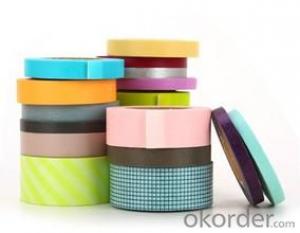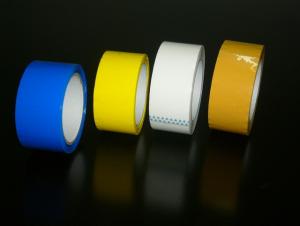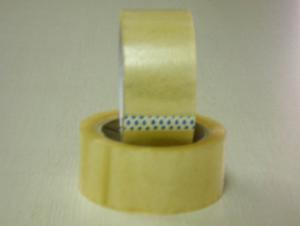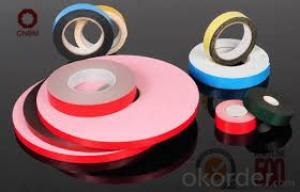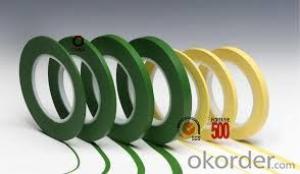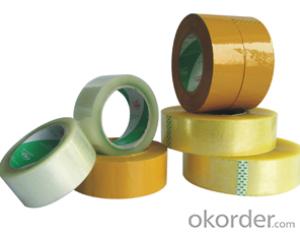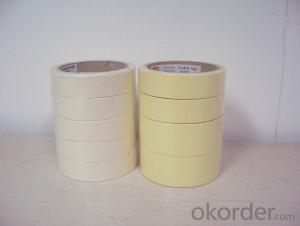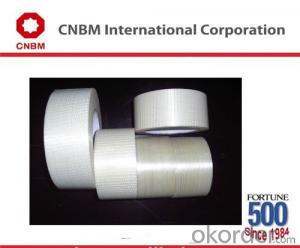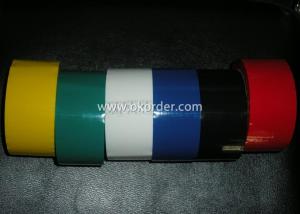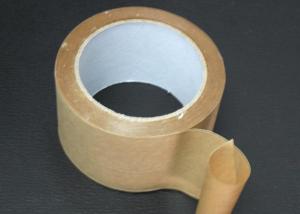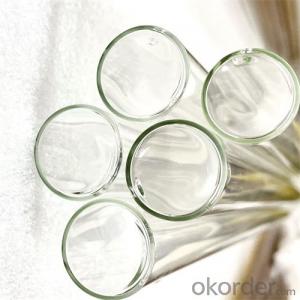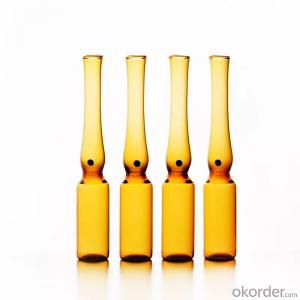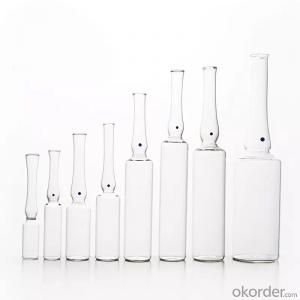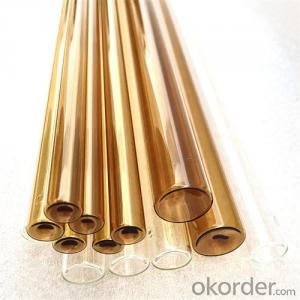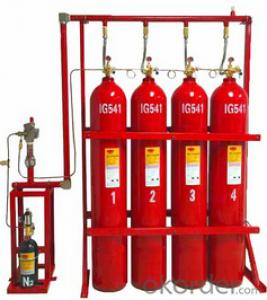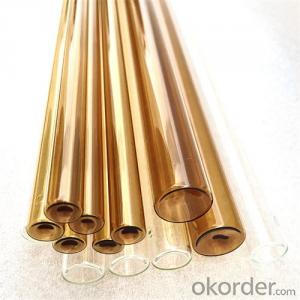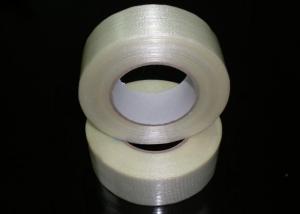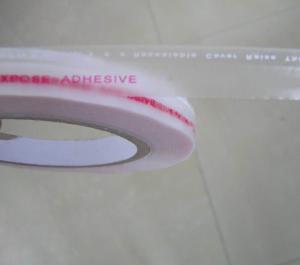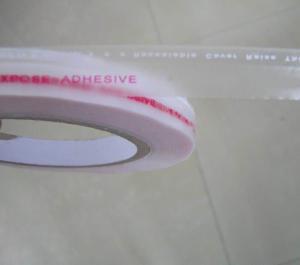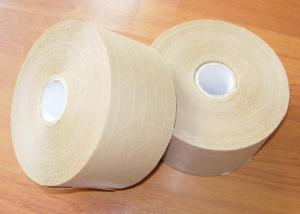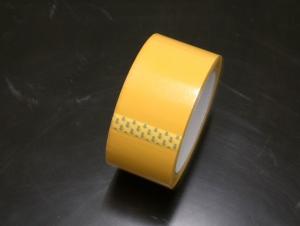Adhesive Tape for Paint Masking 130 Micron Various Colors
- Loading Port:
- Shanghai
- Payment Terms:
- TT OR LC
- Min Order Qty:
- 10000 m²
- Supply Capability:
- 20000000 m²/month
OKorder Service Pledge
OKorder Financial Service
You Might Also Like
Specifications
·World Top 500 Enterprises
·Resistance to cold, heat and aging
·Best quality and competitive price
·SGS&ISO9001
Description
The Masking Tape is of crepe paper as the carrier, coating with rubber adhesive. It is excellent in flame retardant, high temperature stability, and anti-aging. It provides well insulation to various products.
General purpose of Masking Tape: widely used for paint masking, furniture, shoe material production, automobile painting, light duty packaging etc.
Typical Physical Reports of PVC Electrical Tape

Packaging
The thickness of the tape can be customized.
Cut Roll: As per customer’s requirements
Log Roll: Length 1800mm; width according to customers’ requirements

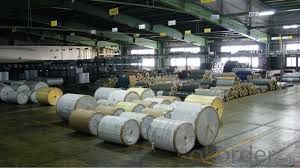
FAQ of Double Sided Tissue Tape
Q1. How about your company?
CNBM International Corporation (CNBM International) is a state-owned company and we have sound business relations with clients from over 120 countries. Currently, we have wholly-owned overseas subsidiaries and branches in 5 countries with a view to realize localization, which also represents an essential progress in our globalization target. We have over twenty years experiences.
Q2. What kind of service we can provide for you?
Sample of Masking Tape is available.
Your inquiry will be replied within 12 hours.
24 hours service for you
Well-trained & experienced sales representative are ready to answer you.
Q3. How long can you receive the product?
Within 7-15 working days after receiving your deposit
Welcome to contact us and visit the factory!
- Q:What are the common sizes of packaging tape?
- The common sizes of packaging tape typically range from 1.88 inches to 3 inches in width, while the length can vary depending on the brand and type of tape.
- Q:Is packaging tape safe to use on delicate items?
- The safety of using packaging tape on delicate items varies depending on the type of tape and how it is applied. Certain packaging tapes are specifically made for delicate items, minimizing the risk of damage through features like low tack adhesive or gentle release properties. These tapes, commonly known as "low-tack" or "gentle" tapes, are often transparent. When using packaging tape on delicate items, it is crucial to apply it carefully and securely, avoiding excessive force or pressure. It is recommended to test the tape on a small, inconspicuous area of the item first to ensure it does not cause harm or leave residue. Moreover, it is advisable to wrap delicate items with protective materials like bubble wrap or tissue paper before applying the tape. This extra layer of cushioning and protection can be beneficial. If you are uncertain about the safety of using packaging tape on a specific delicate item, it is always best to consult with the manufacturer or seek professional advice. They can provide guidance on the most suitable packaging materials and methods to ensure the safety of your delicate items during transit or storage.
- Q:Can packaging tape be used for securing shipments during transit?
- Yes, packaging tape can definitely be used for securing shipments during transit. Packaging tape is specifically designed to provide a strong and reliable seal for packages, ensuring that they remain intact and protected during transportation. It is commonly used for sealing cardboard boxes, securing bubble wrap or other protective materials around items, and reinforcing the closure of packages. Packaging tape is durable, easy to use, and provides a secure bond, making it an ideal choice for securing shipments during transit.
- Q:Are there different colors of packaging tape?
- In the market, one can find various colors of packaging tape. Although clear is the most commonly used color, there are also options like brown, white, black, and even vibrant choices such as red, blue, green, and yellow. The multiple colors of packaging tape serve different purposes. For instance, brown tape is frequently employed for sealing boxes and packages, white tape is commonly used for labeling or writing on, and colored tapes can be utilized for color-coding or enhancing the appearance of packages. The presence of diverse colors enables individuals and businesses to select the tape that best suits their specific requirements.
- Q:How is packaging tape different from regular tape?
- Packaging tape is different from regular tape in several ways. Firstly, packaging tape is designed for heavy-duty use and is specifically made to securely seal boxes and packages for shipping or storage. Regular tape, on the other hand, is generally used for lighter tasks such as gift wrapping or arts and crafts. Secondly, packaging tape is typically wider and thicker than regular tape, providing better strength and durability. This ensures that packages remain securely sealed during transportation and handling, reducing the risk of damage or tampering. Furthermore, packaging tape often has specific features that regular tape may not have. For example, some packaging tapes are designed to be water-resistant or have reinforced fibers for added strength. These features are crucial in protecting packages from moisture, ensuring that the tape does not easily tear, and providing extra security for valuable or fragile items. Lastly, packaging tape often comes in larger rolls or dispensers, allowing for efficient and continuous application. This is especially important when sealing multiple packages or dealing with larger items. Regular tape, on the other hand, is typically available in smaller rolls or individual pieces, making it more suitable for smaller-scale tasks. In summary, packaging tape differs from regular tape in terms of its intended use, strength, durability, specific features, and size options. Its purpose is to provide a reliable and secure seal for packages during transportation and storage, making it an essential tool in the logistics industry.
- Q:Can packaging tape be used on different materials?
- Yes, packaging tape can generally be used on different materials. It is commonly used to seal cardboard boxes, but it can also adhere to materials such as plastic, metal, and wood. The adhesive on packaging tape is designed to provide strong adhesion on a variety of surfaces, making it versatile for different packaging needs.
- Q:Can packaging tape be used for sealing protective packaging materials like bubble wrap?
- Indeed, bubble wrap can be effectively sealed with packaging tape. The purpose of packaging tape is to establish a robust and secure seal on diverse materials, bubble wrap included. In the packaging and shipping sectors, it is widely employed to guarantee the safety and security of package contents throughout transportation. To ensure optimal protection and prevent any potential harm or exposure, it is essential to apply the tape along the edges of the bubble wrap, creating a snug seal.
- Q:Can packaging tape be used for sealing packages with fragile artwork or sculptures?
- Indeed, one can utilize packaging tape for the purpose of sealing packages containing delicate artwork or sculptures. Nevertheless, it is crucial to exercise caution in selecting the appropriate variant of packaging tape to guarantee the safeguarding of the artwork. In general, it is highly recommended to opt for a top-notch, robust packaging tape that has been explicitly crafted for the purpose of shipping and handling fragile or delicate items. These varieties of tape often possess added reinforcement through the inclusion of fibers or augmented adhesive strength, thereby ensuring a secure seal and averting any potential harm during transportation. Furthermore, it is advisable to employ suitable cushioning materials such as bubble wrap or foam padding to provide adequate protection for the artwork housed within the package.
- Q:Is packaging tape resistant to UV rays?
- Packaging tape is typically resistant to UV rays, as it is commonly composed of materials such as polypropylene or polyethylene that possess innate UV radiation resistance. Consequently, the tape remains intact and adhesive when exposed to sunlight or other UV sources. Nonetheless, it is crucial to acknowledge that prolonged UV exposure may gradually degrade the tape. For optimal durability, it is advisable to store and employ packaging tape in a cool, dry location, avoiding direct sunlight whenever feasible.
- Q:Can packaging tape be used for sealing plastic flower pots?
- Yes, packaging tape can be used for sealing plastic flower pots. Packaging tape is a versatile adhesive tape that is commonly used for sealing boxes and packages. Its strong adhesive properties make it suitable for securing plastic flower pots and preventing any leaks or spills. However, it is important to ensure that the surface of the plastic flower pot is clean and dry before applying the tape, as any dirt or moisture may affect its adhesion. Additionally, it is worth noting that there are specific tapes designed for sealing or repairing plastic materials, which may offer better performance and durability when used on plastic flower pots.
1. Manufacturer Overview |
|
|---|---|
| Location | |
| Year Established | |
| Annual Output Value | |
| Main Markets | |
| Company Certifications | |
2. Manufacturer Certificates |
|
|---|---|
| a) Certification Name | |
| Range | |
| Reference | |
| Validity Period | |
3. Manufacturer Capability |
|
|---|---|
| a)Trade Capacity | |
| Nearest Port | |
| Export Percentage | |
| No.of Employees in Trade Department | |
| Language Spoken: | |
| b)Factory Information | |
| Factory Size: | |
| No. of Production Lines | |
| Contract Manufacturing | |
| Product Price Range | |
Send your message to us
Adhesive Tape for Paint Masking 130 Micron Various Colors
- Loading Port:
- Shanghai
- Payment Terms:
- TT OR LC
- Min Order Qty:
- 10000 m²
- Supply Capability:
- 20000000 m²/month
OKorder Service Pledge
OKorder Financial Service
Similar products
New products
Hot products
Hot Searches
Related keywords
